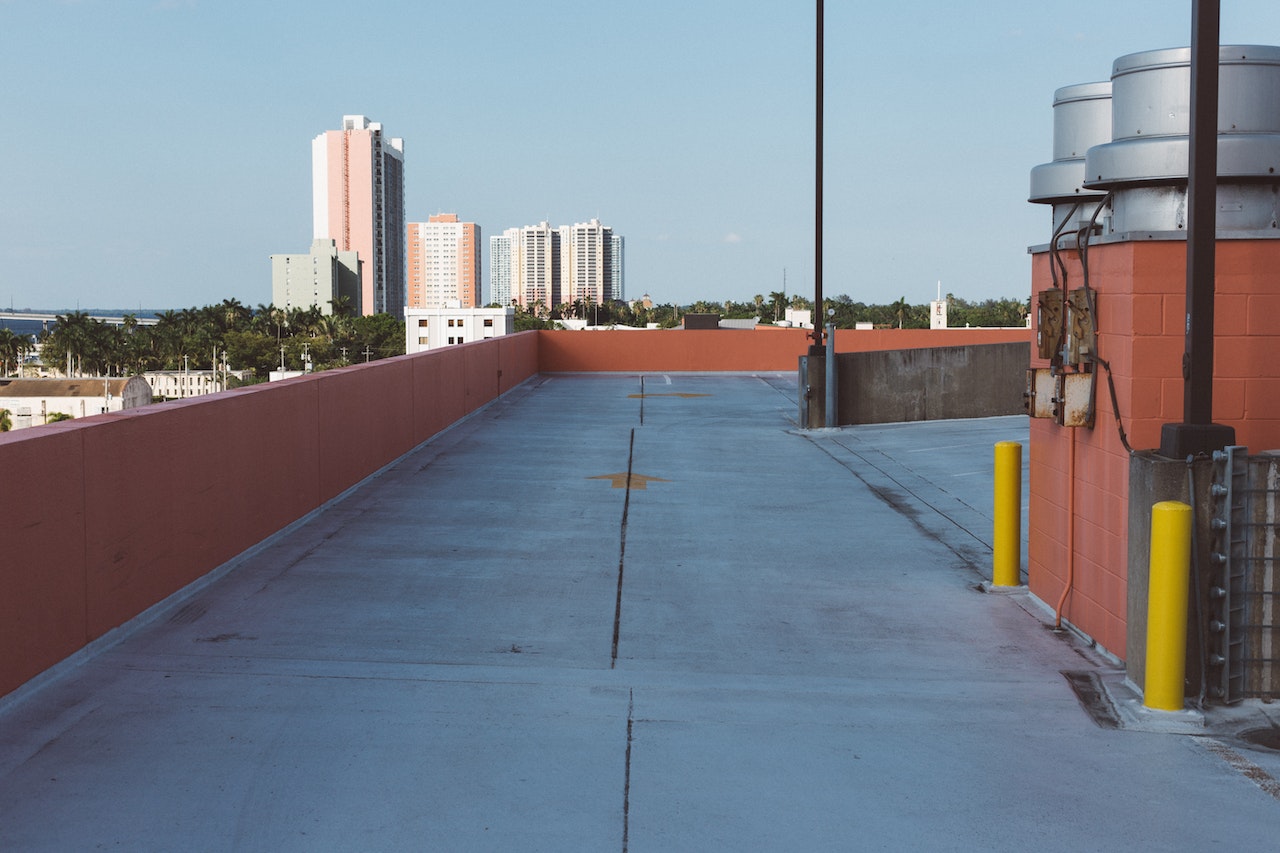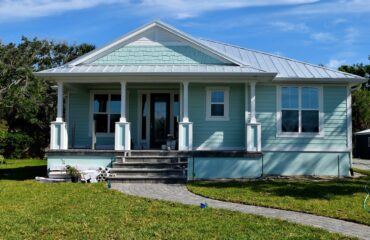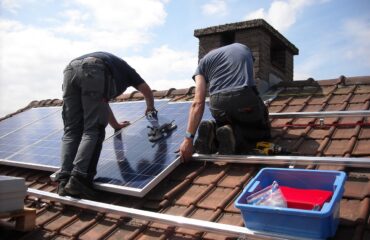Flat roofing is a commonly employed roofing technique that has garnered popularity owing to its distinct characteristics and advantages.
Characterized by its sleek and horizontal design, flat roofing provides a modern aesthetic that harmonizes with diverse architectural styles. However, there is more to flat roofing than meets the eye.
From the various materials used to construct flat roofs to the common issues that arise over time, as experienced roofers in Austin, we will shed light on the intricacies of flat roofing and provide valuable insights for homeowners and professionals alike.
Advantages of Flat Roofing
Flat roofing presents numerous advantages, positioning it as a favored choice for numerous commercial and residential buildings. One of the key advantages of flat roofing is its energy efficiency.
Flat roofs offer superior insulation, decreasing heat loss during winter and minimizing heat gain in the summer. This can lead to significant energy savings and lower utility bills. Additionally, flat roofs can be fitted with solar panels, further enhancing their energy efficiency and reducing reliance on traditional power sources.
Another advantage of flat roofing is its cost-effectiveness.
Typically, the installation and maintenance of flat roofs are less expensive compared to pitched roofs. They require fewer materials and are easier and quicker to construct. Furthermore, the flat surface of the roof facilitates easier access for repairs and routine maintenance, resulting in reduced costs over time.
In summary, the energy efficiency and cost-effectiveness of flat roofing render it an appealing choice for both commercial and residential buildings.
Types of Flat Roofing Materials
Considering the advantages of energy efficiency and cost-effectiveness, exploring the various materials used in flat roofing is crucial. Several options are available, each with its own pros and cons.
One popular choice is built-up roofing (BUR), which consists of multiple layers of asphalt and felt. BUR is durable and provides good protection against weather elements but can be expensive to install.
Another option is EPDM (ethylene propylene diene terpolymer) roofing, a synthetic rubber material. EPDM is affordable, lightweight, and easy to install but may not be as long-lasting as other materials.
Additionally, there are modified bitumen roofs, which are made from asphalt and reinforced with fiberglass. They offer good durability and are resistant to UV rays, but they can be costly to repair.
When comparing the cost of different flat roofing options, it is essential to consider the initial installation cost and the long-term maintenance and repair expenses.
Construction Process of Flat Roofing
The construction process of flat roofing involves several vital steps to ensure a durable and watertight structure.
Prior to installation, meticulous planning is crucial, taking into account factors such as the roof’s slope, load-bearing capacity, and drainage needs.
The first step is to prepare the roof surface by removing existing materials and repairing any damage. Next, insulation is installed to improve energy efficiency. Depending on the specific requirements, different installation techniques may be used, such as torch-applied, hot-mopped, or self-adhered methods. After the insulation, a waterproofing membrane is applied to protect against water infiltration. Finally, a protective layer, such as gravel or a reflective coating, is added to enhance durability and increase the roof’s lifespan.
Throughout the construction process, cost considerations are crucial in selecting materials and techniques that balance performance and affordability.
Common Issues With Flat Roofing
One common challenge in the maintenance of flat roofing systems is the occurrence of recurring leaks.
Such leaks can result in water damage, structural issues, and the necessity for expensive repairs. Here are three common maintenance for flat roofing:
- Patching: Small leaks can often be patched with a bitumen-based sealant or roofing cement. This is a temporary solution and may need to be repeated over time.
- Flashing repair: Flashing is the material employed to seal the edges and joints of the roof. If the flashing becomes damaged or deteriorates, it can cause leaks. Repairing or replacing the flashing can help prevent further water intrusion.
- Membrane replacement: Over time, the roofing membrane may experience damage or wear, potentially leading to leaks. In such cases, it may be necessary to replace the entire membrane to ensure a watertight seal.
- When considering the pros and cons of flat roofing compared to other types, it’s important to note that flat roofs are generally more cost-effective to install and maintain. However, they can be prone to leaks and require regular maintenance to prevent issues.
Maintenance and Longevity of Flat Roofing
Maintaining and ensuring the longevity of flat roofing systems requires regular inspections and proactive maintenance strategies.
By implementing these measures, property owners can prevent potential issues and extend the lifespan of their flat roofs proactively.
Frequent inspections are crucial for detecting and addressing any indicators of damage or deterioration, including cracks, leaks, or ponding water. Prompt repairs can prevent further damage and the need for costly replacements. Additionally, proactive maintenance strategies, such as cleaning debris and ensuring proper drainage, can help prevent issues caused by clogged drains or blocked gutters. Opting for cost-effective solutions, such as reflective coatings or insulation, can further improve the energy efficiency of flat roofing systems, subsequently lowering heating and cooling expenses for the building.
In summary, a well-maintained flat roof can deliver prolonged protection and contribute to substantial energy savings.





